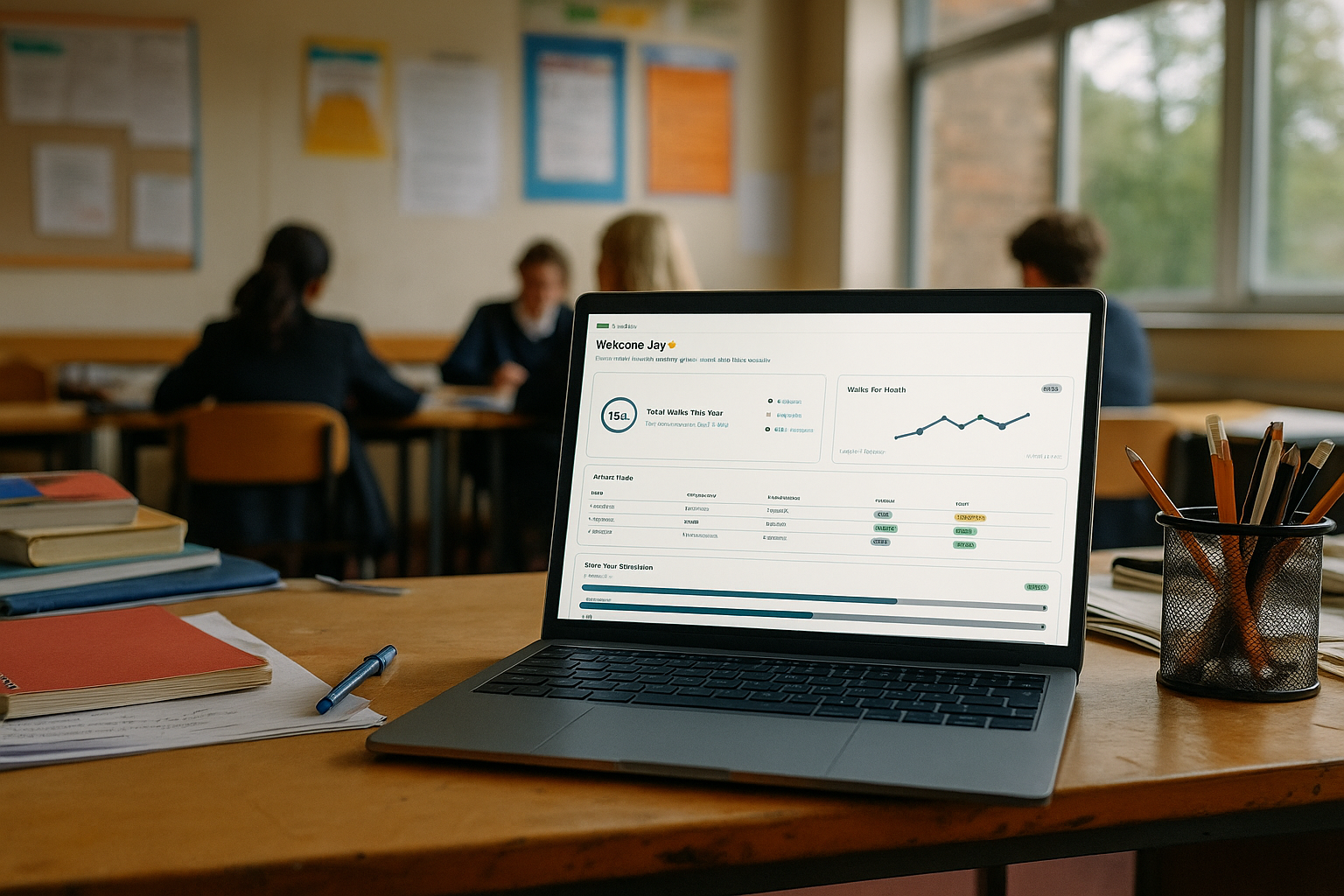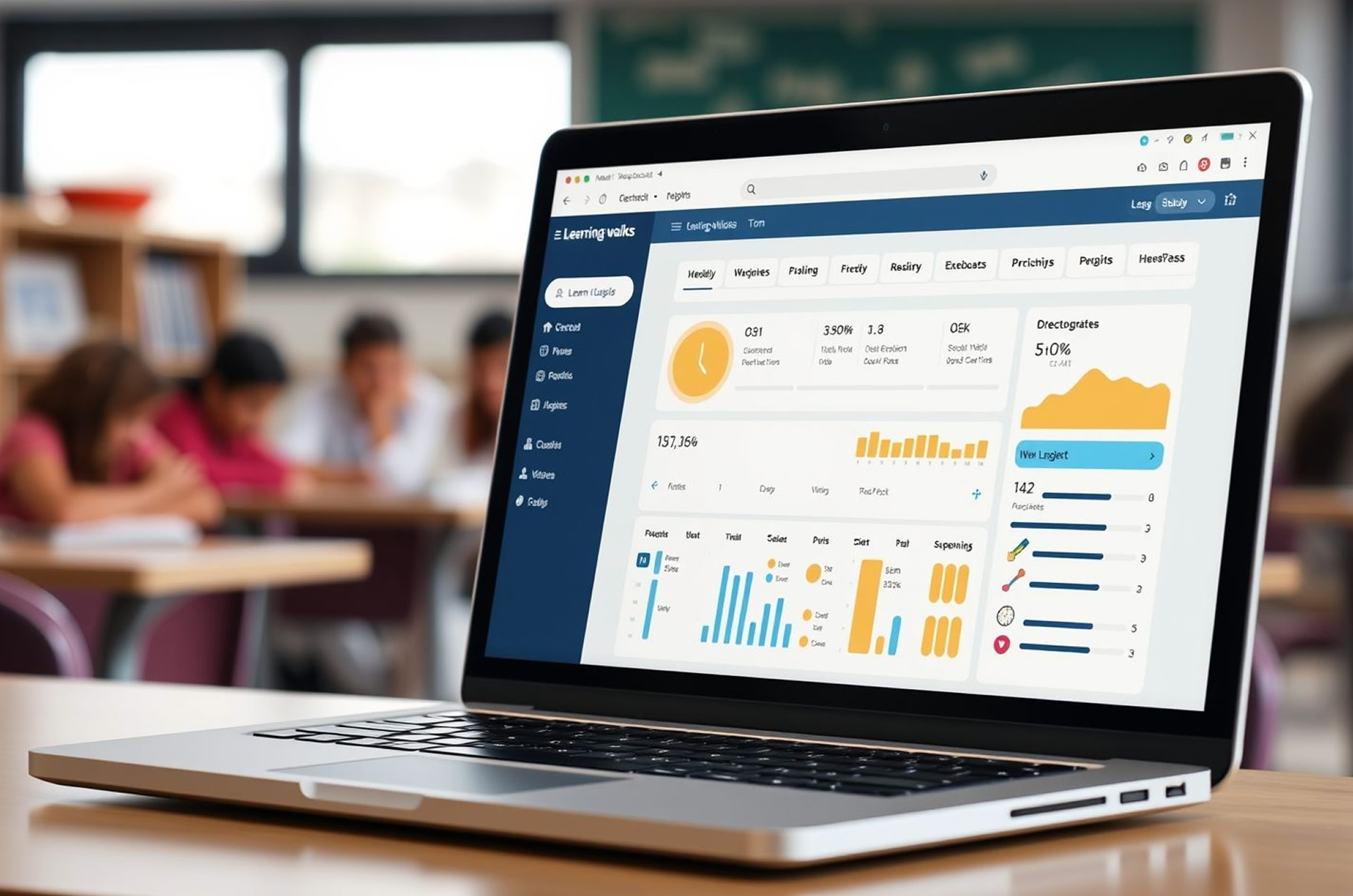Giving Feedback After a Learning Walk
(How to share what you've seen — without breaking trust)
The feedback that follows a learning walk can either:
- Build a culture of professional reflection
- Or wreck the entire purpose of the walk
It all depends on how you share what you've seen.
Rule one: never give individual feedback from a learning walk.
It's not an observation. It's not a performance review. Keep it systemic.
What You Should Feedback
Instead of "Miss Patel didn't share a learning objective,"
you say:
➡️ "In most classrooms, objectives were clearly shared. A few were more implicit — particularly in practical subjects."
This shifts the conversation to themes, not people.
Other examples:
- "Pupil talk was purposeful in most Year 8 classes, especially when teachers modelled first."
- "There was strong use of tier 2 vocabulary in English. We saw fewer vocabulary strategies in foundation subjects."
- "Transitions between tasks were smoothest when expectations had been rehearsed."
Stick to what you saw. Report patterns. Use neutral language.
What Happens Next Matters More
Feedback shouldn't be the end of the process. It should be the start of a conversation.
That might look like:
- A CPD session exploring one of the observed themes
- Middle leaders unpacking findings in subject meetings
- Sharing examples of strong practice ("this is working well here — how can we replicate it?")
It's not about naming names or pointing fingers.
It's about helping people connect the dots between walk-through insight and school improvement.
What to Avoid
- ❌ Giving verbal feedback to teachers immediately after a walk
- ❌ Mentioning individuals in written reports
- ❌ Turning one-off findings into blanket judgments
- ❌ Publishing data like it's league tables ("only 30% of classrooms had X…")
The minute staff feel judged, learning walks become surveillance — not support.
Optional Template for Theme-Based Feedback
| Focus Area | What Was Seen | Next Step |
|---|---|---|
| Learning Objectives | Visible in 80% of lessons observed | Share clarity strategies at staff briefing |
| Use of Modelling | Effective in science and maths | Peer demo sessions for other subjects |
| Transitions | Strong in lower school, less consistent at KS4 | Support Heads of Year to reinforce routines |
Use formats like this to shift feedback from critique to collaboration.
Final Thought
A learning walk is only as powerful as what comes next.
Feedback isn't about catching people out.
It's about catching opportunities to improve.
Be thoughtful. Be professional. Be systems-focused.
That's how you build a school culture that learns from itself.
Ready to improve?
Join our pilot program and discover how our platform can transform your approach to learning walks.
Ready to transform your learning walks?
Our platform helps you capture meaningful data, generate insights, and drive school improvement—without the administrative burden.

